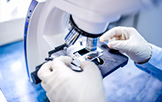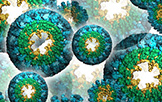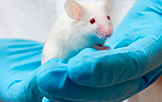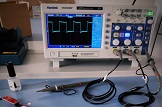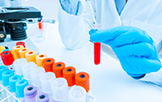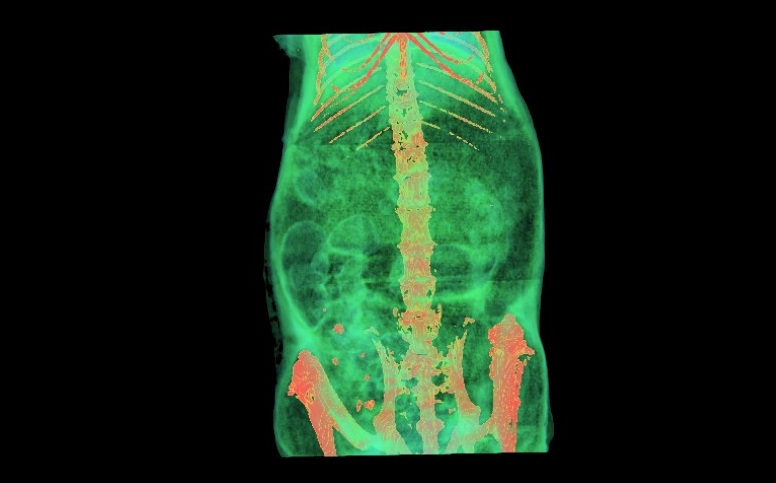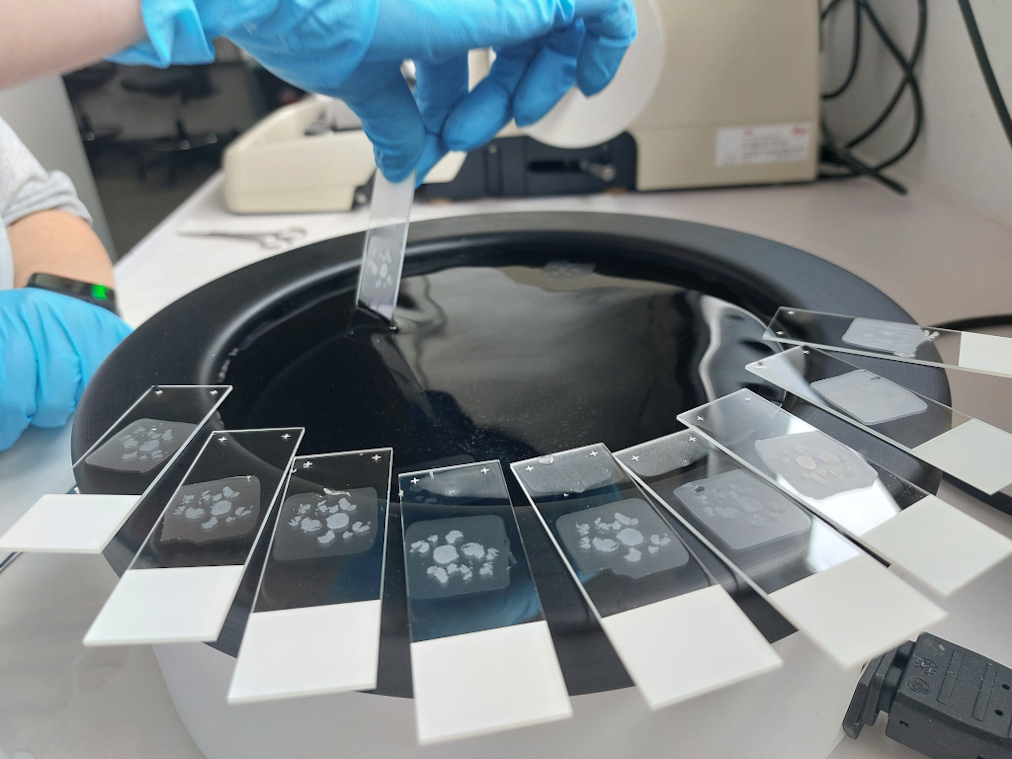Unidades Centrales de Apoyo a la Investigación Biomédica
Unidad de Bioinformática y Bioestadística 

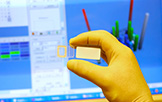
La misión de la unidad de Bioinformática y Bioestadística es proveer servicios de ingeniería y computación para satisfacer tanto las necesidades de análisis bioinformáticos como las diferentes necesidades tecnológicas resultantes de la investigación y del ejercicio clínico. Desde la unidad ponemos especial énfasis en la implementación y promoción de tecnologías actuales e innovadoras.
El objetivo del área de bioinformática y bioestadística es dar soporte a los investigadores desde el asesoramiento para el diseño experimental a todo lo relacionado con análisis de datos genómicos, visualización de resultados, etc. Actualmente, en la unidad estamos implementando plataformas robustas para llevar a cabo los análisis más comunes relacionados con datos genómicos. Cabe destacar el control de calidad en cada uno de los pasos realizados en estas plataformas para asegurar los mejores resultados posibles. La unidad se encuentra en continua expansión y actualización, mejorando y actualizando los servicios ofertados actualmente así como ir incorporando nuevos protocolos y servicios basándose siempre en las nuevas necesidades y su demanda.
Contacto
Email de contacto: bioinformatica@imibic.org
Personal
La unidad de Bioinformática y Bioestadística cuenta con los siguientes miembros:



Instalaciones y equipamiento
- Sistema HPC (High Performance Computing):
- Bull Sequana X800
- 8 Intel Xeon, 192 núcleos en total, 2.4GHz
- 3TB RAM
- 4 GPUs NVIDIA Tesla V100
- 48 TB de almacenamiento
- Recursos de computación:
- BullX R428-E3 node. 4x Intel Xeon E5-4610v2 8c, 32 cores. 256 GB RAM
- Impresora 3D:
- BCN3D+ Fused Deposition Material Printer (Última actualización: 2019)
- Recursos de desarrollo:
- Apple Mac Mini for iOS app development (Última actualización: Mayo 2020)
Servicios
Bioinformática
- Pre-procesamiento de los datos, limpieza y homogenización para posteriores análisis.
- Análisis e integración de datos ómicos. Apoyo bioinformático para análisis enfocados en genómica, transcriptómica (RNA-seq y single cell), proteómica, metilación…
- Análisis de expresión diferencial para comparativa entre grupos.
- Estudios de metagenoma y análisis del microbioma mediante amplicones del 16S bacteriano.
- Desarrollo de algoritmos para las posibles necesidades del usuario como por ejemplo, filtrado e integración de grandes bases de datos, transformación de bases de datos…
- Consultoría para solicitud de proyectos.
- Análisis de significación biológica mediante métodos como over-representation analysis (ORA), Gene Ontology analysis (GO-terms), análisis de pathways (Kegg database) y gene-set enrichment analysis (GSEA).
- Análisis filogenéticos.
- Anotación funcional de genomas bacterianos.
Bioestadística
- Revisión de la metodología y protocolos de investigación: presentación de hipótesis, formulación de objetivos, definición de variables, selección del análisis estadístico, etc.
- Consulta sobre técnicas y metodologías estadísticas.
- Cálculo del tamaño de la muestra.
- Análisis exploratorio y descriptivo de los datos.
- Análisis inferencial (univariante y multivariante).
- Evaluación de pruebas diagnósticas: sensibilidad, especificidad, valores predictivos, curvas ROC.
- Análisis de supervivencia.
- Análisis de datos longitudinales.
- Datos ómicos y análisis de datos de alta dimensión.
- Otras técnicas estadísticas (análisis bayesiano, meta-análisis, etc.).

